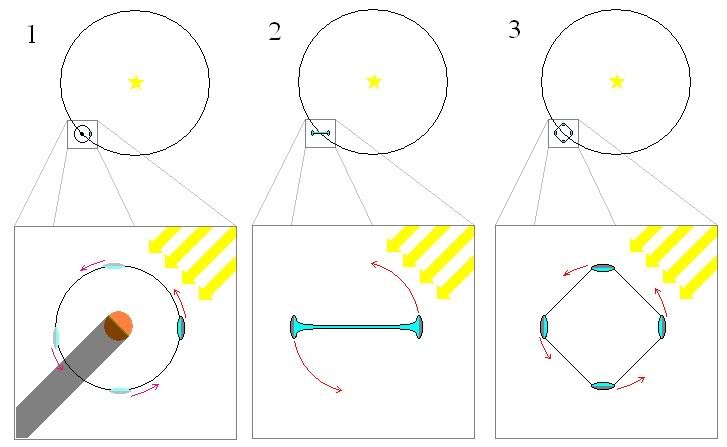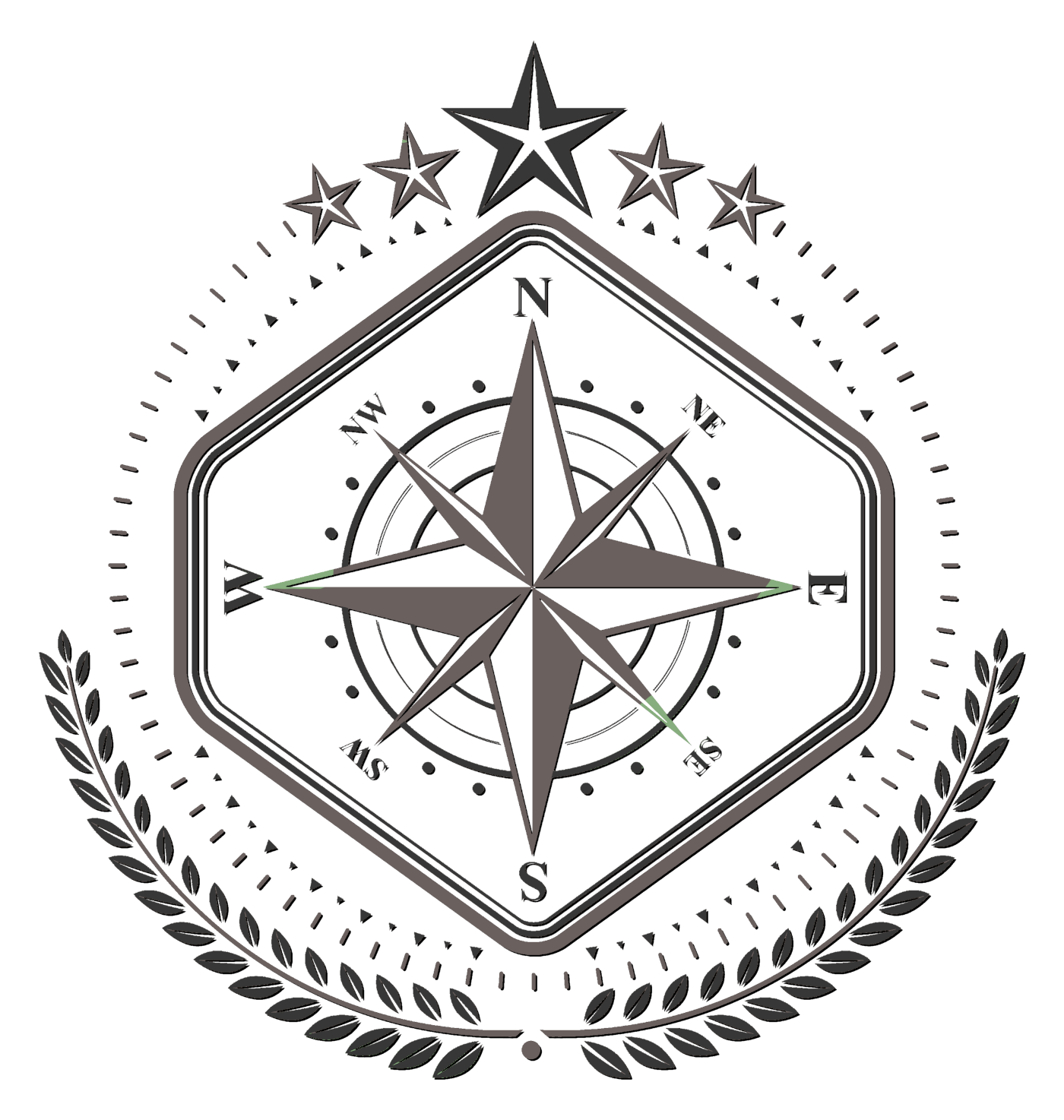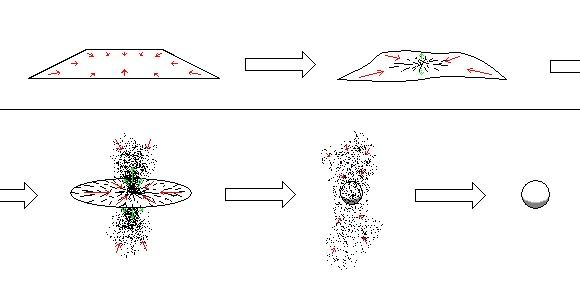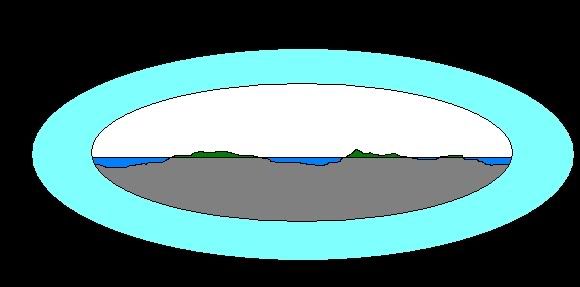Ok, here's the idea I was telling you about. Picture first, then talk...

Ok. So here we have 3 different versions of the same idea.
The basic idea is this: to get day/night, the shell is not being swung around the sun (which would mean perpetual day, barring unusual weather phenomena), but around something orbiting the sun.
Basic explanation of the diagrams:
-At the top of each case, we see some structure orbiting the sun. The yellow star shape is the sun, the black circle is the orbit.
-Below this, we zoom in on the structure to examine it. The yellow arrows remind us of the direction that sunlight is coming from. Red arrows indicate direction of rotation.
Case 1: A planet is orbiting the sun, and the shell is orbiting the planet.On the diagram: the black circle indicates the shell's orbit. There's only one shell shown, the lighter ones just show the same shell at different points in its orbit. When the sunlight is hitting the grey side of the shell (the rocky "bottom") it's night-time on the surface. When sunlight comes through the blue side (the "top"), we have day.
Extra features: If we are standing on the surface inside the shell, the planet will always be straight above us. There will be an eclipse every day at noon, as the shell passes through the planet's shadow (depicted in dark grey). During the night, the planet will be lit with the sun's light and glow brightly, somewhat analogous to moonlight. At midnight, we will see the shell's shadow moving across the planet.
Pros: Really cool world set up! A sun, a planet (could be earth like, or a gas giant, whatever you want),
and a world in a shell!
Cons: we need a mysterious force between the planet and the shell that enables the shell to be moving at faster-than-orbital speed (remember, that's what gives us "gravity" inside the shell).
Case 2: Two shells, connected by a beam of some sort, are swinging around each other. The connection could be a simple rod attached to both shells, or a tube that allows travel between them, or it could be as wide in the middle as it is at the ends, making a large air space between the two shells.
On the diagram: pretty self-explanatory. Day and night work the same way as in case 1, with each shell experiencing an eclipse at noon (the opposite shell passing in front of the sun).
Extra features: If the connecting tube has a lot of airspace inside of it, you can do neat things at the very midpoint of the tube, where there will be zero gravity. The air here would tend to be very thin, but if you have enough air jammed into the whole contraption, it could still be breathable. Provided you have fans or something, you could move heavy objects around without difficulty. Bicycle-powered helicopters! A floating, zero-gravity city! Just make sure it doesn't drift down the tube one way or another, or it will start to feel its weight!

Finally, here at the midpoint, it will almost always be day. Just two brief eclipses per day, one for each shell as it passes in front of the sun.
Pros: two opposite shell worlds, and a really cool midpoint to play around with! Also, since the shells are connected physically, we no longer need a mysterious force to hold them together as they whirl around each other.
Cons: You're kinda stuck with two worlds. If you only want one, you'd have to turn one shell into a dead counterweight, which would be kinda ugly.
Case 3: Three or more shells are connected in a spinning ring.On the diagram: 4 shells are shown, connected in a ring. The black lines would be some kind of super-strong substance (magical cable of some sort?).
Extra features: This option is the most like the ringworld. You have a ring of connected shells, spinning to provide gravity for all of them. The difference is that, while the ringworld encircled the sun, this ring doesn't. That means there have to be gaps in the ring if you want daylight to hit the inside faces. So, you can have as many shells as you want, but the more you have, the less daylight they get--remember those eclipses? If you have 3 shells, each shell gets 2 eclipses per day. It you have 4 shells, each shell gets 3 eclipses per day, and so on. And the night itself--when the shell is facing away from the sun--doesn't get any shorter.
Pros: As many worlds as you want (at least three) provided you're willing to take the hit in daylight. No mysterious force needed for this one, either, since we again have physical connections between shells.
Cons: Lots of eclipses during every day. Unless that's an idea you like, in which case np.
There's actually a lot of ways to hybridize these ideas with each other, should you so desire. We can talk about that later




 ).
).



